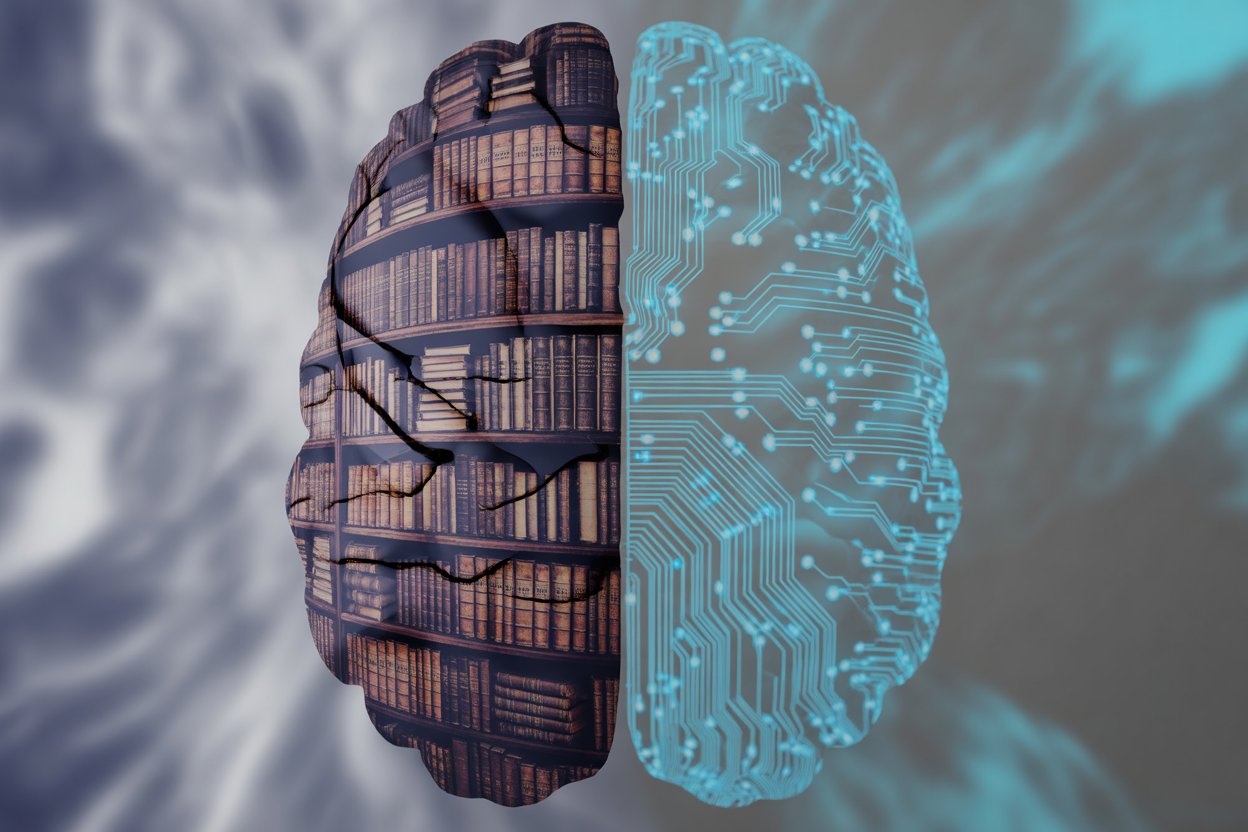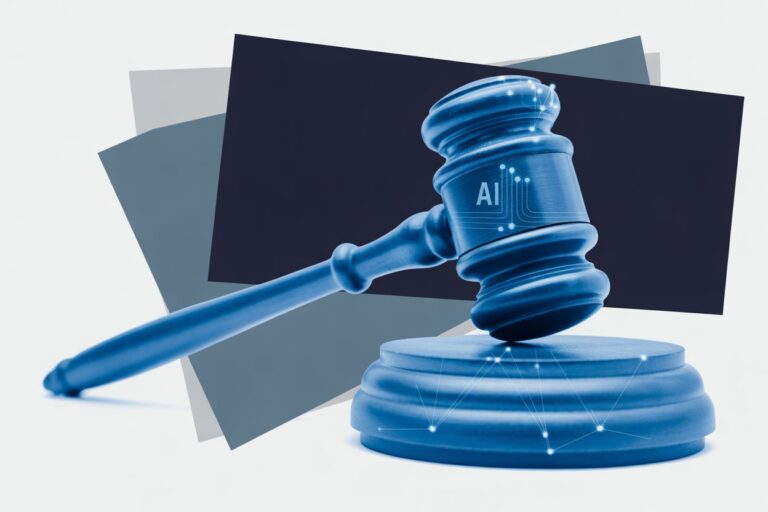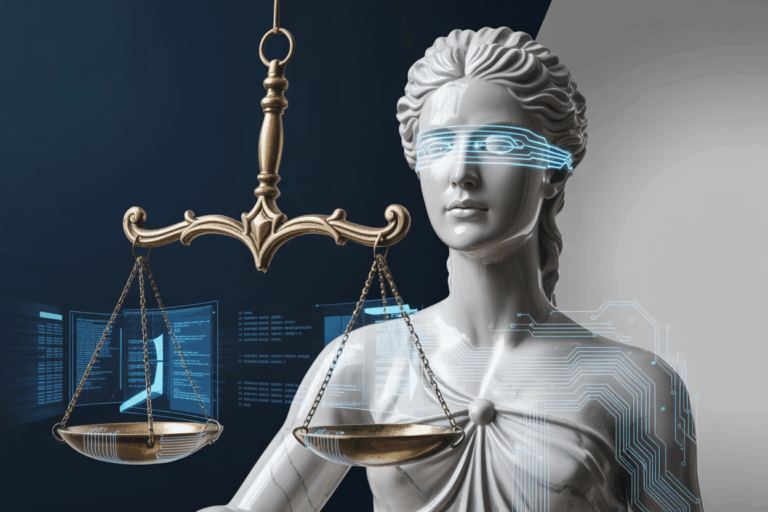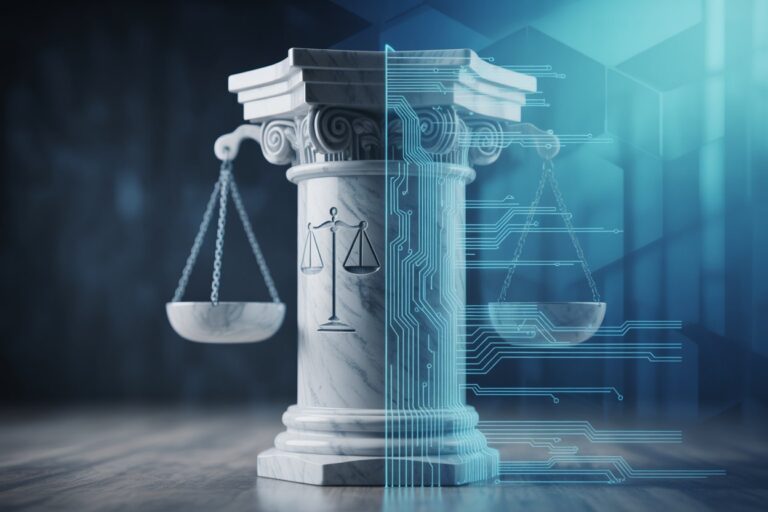Law Schools Must Prepare Students for an AI-Driven Profession
Generative artificial intelligence is redefining legal competence, making machine literacy essential for ethical practice and regulatory compliance.
In 2023, a New York attorney filed a brief citing six cases that didn’t exist. He had used ChatGPT to conduct legal research without verifying its output. The resulting sanctions and media attention sent a clear signal: lawyers can no longer afford to be ignorant about the AI tools now embedded in their profession. Yet most law students graduate without ever learning how these systems work, what they can’t do, or when their use crosses ethical lines.
Why AI Belongs in the Classroom
Generative AI has already entered the courtroom, the contract review room, and the compliance department. Yet in most law schools, the syllabus looks much as it did in 1995: long readings, Socratic dialogue, and exams designed for an analog era. A generation of students is preparing to enter a profession that now runs on predictive analytics and language models they were never trained to supervise.
The gap between what firms deploy and what schools teach is widening. The American Bar Association and multiple state bars have begun defining technological competence as an ethical duty, but legal education has been slow to follow. For students, the concern is practical: will AI make junior legal roles obsolete, or redefine them? Many current law students report feeling underprepared for a technology-driven legal market, with some expressing frustration that their curriculum has not kept pace with industry demands. Law schools must prepare graduates not just to coexist with machines but to manage, audit, and outthink them.
From Casebooks to Codebooks
Law schools still focus primarily on doctrinal reasoning and precedent, while the profession moves toward data-driven workflows. The American Bar Association’s Model Rule 1.1, Comment 8, requires lawyers to maintain technological competence, yet most schools do not teach students how AI systems actually operate. A handful of programs are trying: Vanderbilt Law’s AI Legal Lab, Stanford’s CodeX Center for Legal Informatics, and IE University’s LegalTech Innovation Lab in Spain have all begun experimenting with courses that blend law and machine learning. For most institutions, however, these remain outliers rather than the norm.
The barriers to adoption are real and multifaceted. Many faculty members lack technical training themselves and express discomfort teaching subjects outside their expertise. Some view AI education as a distraction from foundational legal analysis, arguing that law schools should teach students to think like lawyers first and use tools second. Law school accreditation standards have not yet prioritized AI literacy, leaving schools without clear guidance on what to teach or how much curriculum time to dedicate to it.
Smaller institutions face budget constraints when considering new courses, technology licenses, and faculty development programs. The cost of implementing comprehensive AI education—including software subscriptions, hardware upgrades, and specialized instructors—can run into six figures annually, a significant investment for schools already managing tight budgets. That said, AI legaltech are starting to offer reduced rate or free access to its tools. Harvey.ai is one such company. Meanwhile, the profession continues to evolve faster than the curriculum can adapt.
Two Sides of AI Education
There are two ways to teach AI in law school, and both are essential. The first is teaching the law of AI: regulation, intellectual property, liability, bias, and algorithmic discrimination. The second is teaching AI in law: how lawyers use machine systems for research, discovery, or decision support. One without the other is incomplete. Lawyers must understand how AI affects legal doctrine and how to manage it within their own workflows.
The NIST AI Risk Management Framework defines transparency and explainability as core to trustworthy AI, principles that should now shape how law is taught. The Council of Europe’s AI treaty initiative likewise highlights human oversight and accountability as essential safeguards. Law schools that ignore these developments risk graduating students unprepared to navigate a profession increasingly defined by algorithmic processes.
Ethics, Oversight, and the Bar
Bar associations and courts are beginning to set the tone. The ABA Resolution 604 urges responsible AI use in law practice, while the Florida Bar Opinion 24-1 and D.C. Bar Opinion 388 emphasize human oversight and the protection of privileged information. Federal judges such as Brantley Starr in Texas have issued standing orders requiring AI disclosure in filings. These developments show that courts and regulators expect lawyers to know how AI works well enough to manage its risks.
Ethical supervision extends to the classroom itself. If a student uses a generative AI tool to draft a brief for a clinical case, where does that data go, and does the model retain it? Questions of privilege, confidentiality, and academic integrity are already colliding in legal education. Without explicit instruction, students risk reproducing the same ethical mistakes that have drawn sanctions in real courts.
Some malpractice insurers are taking notice as well. While carriers have not yet made AI competence a universal requirement, several have begun including questions about AI use in underwriting applications and offering risk management guidance on the technology. A few insurers now offer premium discounts for firms that can demonstrate formal AI training protocols and verification procedures. The message is clear: understanding AI is becoming part of a lawyer’s duty of care, and insurers are pricing that risk accordingly.
Global Lessons
Other jurisdictions are not waiting. The Singapore Academy of Law has introduced a Legal Tech Certificate program that integrates AI into bar qualification. The University of Cambridge now includes AI ethics and law modules, while the European Commission is supporting pilot programs to prepare students for compliance with the AI Act. These examples show how national legal systems are aligning education with regulation, a model the United States could adopt before the competence gap becomes a liability.
AI Literacy in Practice
AI literacy means more than understanding prompts. It involves recognizing hallucinations, auditing model outputs, and identifying when automated reasoning crosses into legal judgment. In practice, it includes knowing when to disclose AI assistance, how to verify generated work, and how to maintain privilege across systems. Law schools could integrate these lessons into moot courts, clinical work, and legal writing labs, ensuring students understand both the promise and pitfalls of AI use before entering practice.
Consider the tools already reshaping legal research: Westlaw and LexisNexis have integrated AI-powered features into their platforms, and specialized tools like ROSS Intelligence and Casetext’s CoCounsel are being adopted by firms of all sizes. Students who graduate without understanding how these systems retrieve, rank, and present information are at a disadvantage from day one.
What a Modern AI Law Curriculum Might Include
A forward-looking AI curriculum would teach more than coding. It would include ethics and bias, data privacy, prompt engineering, auditability, and the preservation of human judgment in automated workflows. It would also train students to evaluate model transparency, identify conflicts of interest in vendor relationships, and understand the boundaries of AI-generated legal work. These are not theoretical skills—they are already appearing in professional conduct rules, malpractice coverage questions, and judicial disclosure orders.
Incorporating algorithmic bias training also supports diversity and access to justice goals, teaching future lawyers to question how automated systems may reinforce inequality. This awareness transforms AI literacy from a technical requirement into an ethical one, tying legal education to real-world equity and fairness.
Practical implementation might include:
- Core competency modules integrated into 1L legal research and writing courses
- Specialized electives on AI regulation, algorithmic accountability, and legal tech entrepreneurship
- Clinical experience using AI tools under faculty supervision with built-in ethical review
- Capstone projects requiring students to audit an AI system for bias or transparency
- Guest practitioners from legal tech companies and firms’ innovation departments
The question of timing is urgent. Students entering law school in fall 2025 will graduate in 2028, by which time AI tools will be even more deeply embedded in practice. Schools that begin implementing AI literacy requirements now—targeting full integration by the 2026-2027 academic year—can ensure that the class of 2029 enters the profession with the competence the market demands. Delayed action risks graduating multiple cohorts of students unprepared for the realities of modern legal practice.
Bar Exams, CLE, and the New Baseline
Some bar associations are already adapting. The National Conference of Bar Examiners has begun exploring how emerging-technology ethics could appear in future exam frameworks. Several jurisdictions are considering whether AI competence should be a discrete testing category on the bar exam itself, similar to how professional responsibility became a required subject.
Continuing Legal Education providers are offering AI-focused ethics courses, some approved for mandatory credit. This signals a shift from novelty to necessity: what starts as an elective in law school is becoming a licensing expectation. The next generation of lawyers will be tested not just on statutes and precedent, but on their capacity to evaluate algorithmic reasoning and ensure its responsible use.
The ABA is also weighing whether technological competence, including AI literacy, should become an explicit accreditation standard for law schools. If adopted, such a requirement would fundamentally reshape legal education nationwide, transforming AI instruction from an optional innovation into a mandatory component of every J.D. program.
Competence in the Age of Algorithms
AI will not replace lawyers, but it will redefine what competence means in the legal profession. Tomorrow’s malpractice claims may not come from using AI recklessly but from failing to understand it. Law schools that treat AI as peripheral risk graduating students fluent in doctrine but unprepared for the systems that increasingly define how doctrine is applied. Teaching AI as a core competency is no longer optional—it is part of training lawyers to meet their ethical and professional obligations in a digital era.
The question is not whether law schools will integrate AI education, but how quickly they can do so while maintaining the rigor and ethics that define the profession. For students entering practice in 2025 and beyond, AI literacy may be as essential as knowing how to read a contract or argue a motion. The academy must decide whether to lead that transformation or follow it.
My Take
Having gone through law school long before AI hit the scene, I know how much the system prizes “thinking like a lawyer.” That mindset worked in the analog age, but today AI reshapes what thinking like a lawyer even means.
AI is not just a tool that stores or summarizes; it’s a 24/7 reasoning partner that helps lawyers analyze, strategize, and draft. Law schools should treat it as such, not a survey topic, but something to be learned, experimented with and used in every course.
From a practical standpoint, firms will want new hires who can hit the ground running with AI, and perhaps help implement it.
Law school taught me how to think about thinking. AI forces us to think about how machines think… and that’s the new frontier of legal reasoning.
Sources
- ABA Model Rule 1.1 (Comment 8)
- ABA Resolution 604 (2024)
- Association of Corporate Counsel
- Council of Europe – AI Treaty Initiative
- D.C. Bar Opinion 388
- European Commission – AI Act
- Florida Bar Opinion 24-1
- IE University – LegalTech Innovation Lab
- National Conference of Bar Examiners
- NIST AI Risk Management Framework
- NIST SP 1270 (Bias)
- Singapore Academy of Law
- Stanford’s CodeX Center for Legal Informatics
- Vanderbilt Law – AI Legal Lab
Disclosure: This article was prepared for educational and informational purposes only. It does not constitute legal advice and should not be relied upon as such. All sources cited are publicly accessible. Readers should consult legal or compliance counsel for guidance tailored to their circumstances.







